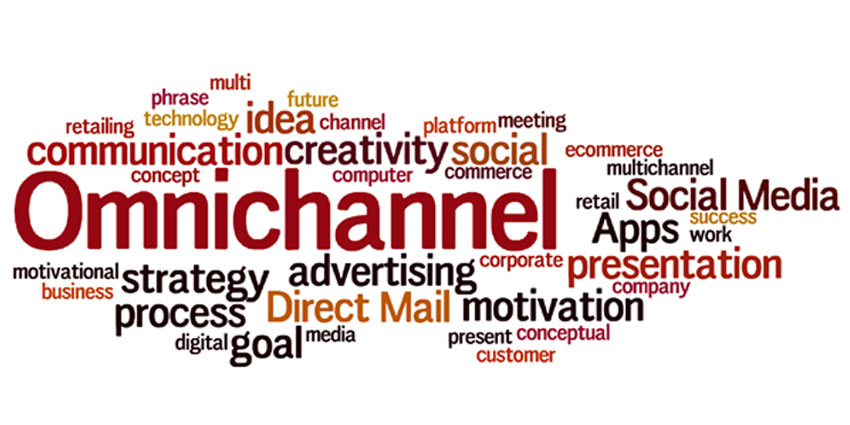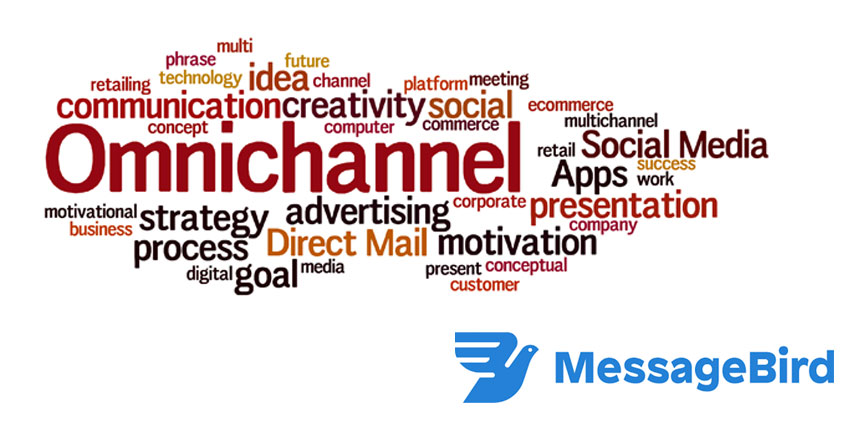When Steve Jobs introduced the iPhone to the world, nobody expected the changes that were coming. Within 10 short years, we’ve seen an explosion of messaging and communications channels. People intuitively switch between WhatsApp, SMS, WeChat, Telegram, FaceTime, Facebook Messenger etc. every single day when talking to family and friends. And it’s not just our personal communications that have gone mobile, private and business communications are converging as well. That’s why omni-channel business to consumer communication has become a must for modern enterprises to get right.
Consumers clearly want on-the-go access to businesses wherever, whenever. By now, more than 50% of global internet traffic originates from mobile devices, and customer service is available on different platforms 24/7. Yet customers still have to think about what channel to use to get in touch with your business. And now that WhatsApp has officially launched their business solution, there is one more channel to consider that puts no less than 1.5 billion potential consumers globally at your fingertips on a daily basis.
Here’s the kicker though. While omni-channel communication comes natural to consumers, the infrastructure behind it has grown increasingly complex with every additional channel, creating headaches for SMBs and enterprises alike.
What makes omni-channel communication so difficult?
 It starts with the amount of development needed to set up a true omni-channel communication infrastructure. You need to build and maintain multiple API connections to highly sophisticated communication applications simultaneously to allow your customer service representatives to engage on different channels. And each new channel requires the integration of a new API.
It starts with the amount of development needed to set up a true omni-channel communication infrastructure. You need to build and maintain multiple API connections to highly sophisticated communication applications simultaneously to allow your customer service representatives to engage on different channels. And each new channel requires the integration of a new API.
The next major challenge is collecting all of the different conversation threads and creating the right tooling for your customer facing teams to never lose context. If the channels aren’t integrated into your CRM correctly, you can easily lose the benefit of omni-channel messaging. The objective for every company is to communicate in the most efficient way possible by taking the guesswork on how they can reach you away from the customer, while empowering your service team with the right tools at the same time. In an ideal omni-channel environment, switching between channels should be as easy for your business representatives as it is for the consumer.
The future of business communication
As communication tools continue to become more sophisticated, the opportunities for your brand to truly engage with your customers will increase. To stay competitive and relevant, it’s your job as a business to grow along with communication trends to deliver the smoothest customer journeys possible. While not losing sight of your bottom line.
Rather than wasting valuable resources trying to keep up with consumer trends, choosing the right cloud communication partner will help you stay ahead of the curve. They will solve the challenges for you, and help your customers reach you intuitively, and for your service staff to get the full context across a multitude of channels that differ by geography and preference.
Getting omni-channel communications wrong can be disastrous to customer retention.
“Getting it right will help your brand get the recognition it deserves and empower you to focus on what you do best: Delivering great content and great support to your customers.”
Guest Blog by MessageBird CEO, Robert Vis
Since 2011, MessageBird has been connecting companies to their customers on billions of devices around the world. Our versatile and reliable communication APIs have been built in-house by some of the top telephony engineers in the business. To power these operations, we have offices on 4 continents and a world-class team of over 20 different nationalities available around the clock to support you.







